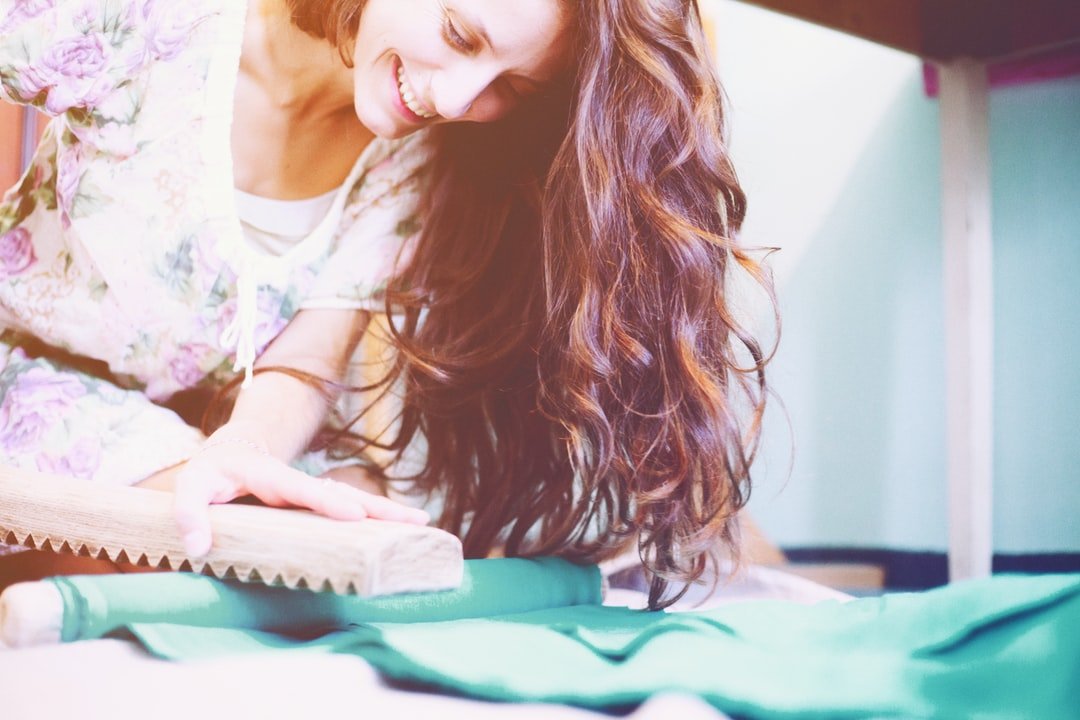Working in Textile Design Area

Fabric style is an art that can be used for many applications. It can help you to develop anything from materials, drapes, carpets, drapes, hats, bags, as well as garments. A few of one of the most popular textiles are cashmere, fleece, seersucker, silk, woollen, cotton, nylon, and also cotton. Each kind of fiber has its own top qualities and buildings that make it suitable for specific functions. In this short article we'll take a look at a few of the benefits as well as downsides of making use of fabrics in your style jobs.
As one of the fastest expanding fabric making professions today, fabrics are an excellent option for both designers and makers of clothes, accessories, bed linen, and commercial wear. As a matter of fact, the textiles sector is amongst the most cutting-edge as well as fastest-growing sectors on the planet. Having such a stellar online reputation and also adhering to in the garments sector makes it simple to find employment as a textile designer or textile producer. If you are planning to join the textile making industry, there are a couple of things you require to take into consideration first. Lots of people choose to come to be fabric designers since they have an ability for producing gorgeous layouts. Nonetheless, even those skilled people should begin on the best foot by acquiring experience as well as training prior to they can seek a job as a fabric developer.
Some individuals tackle mentor jobs in schools or professional training courses so they can obtain experience in developing clothing as well as textile products. If you intend to pursue your profession as a textile developer, you should have the standard capability needed by producers of garments: vision, imagination, technological know-how, quality assurance, and understanding of the most up to date technology. Without these essential abilities, you will certainly have no opportunity of obtaining a grip in the textile market. There are several subcategories of fabrics that fabric designers can get in. Female's and also males's fashions are a popular sub-category, however fashion-related items such as sports apparel and kids's clothing can additionally fall under the group of textiles.
If you want to learn more about how to find your art style, it is very important that you understand the manufacturing process involved. The majority of suppliers utilize different sorts of makers in the production process of garments, however a few of the more preferred ones include industrial embroidery makers, textile roll creating machines, needlework machines, and also dry cleansing machines. After learning about the production procedure, you may also wish to know more concerning the various types of textiles readily available on the market. wool is one of one of the most typically used textiles, although silk and artificial fibers are likewise used. A few of one of the most typical fabrics used by fabric developers include nylon, acrylic, rayon, polyester, as well as cotton. You can specialize in a specific textile type if you choose.
A surface pattern designer can work in both garment-making manufacturing facilities and also design studios. Garment-making manufacturing facilities typically utilize people that have standard sewing skills. The main advantage of operating at this type of factory is that you can operate at your very own pace. On the other hand, layout workshops generally have rigorous working hrs as well as established functioning routines. If you wish to work as part of a design group, then you will require to acquire the skills required for an effective synergy. You can find out these skills at any type of among the countless design institutions operating throughout the nation. Check out this related post to get more enlightened on the topic: https://www.encyclopedia.com/computing/news-wires-white-papers-and-books/fashion-design.
